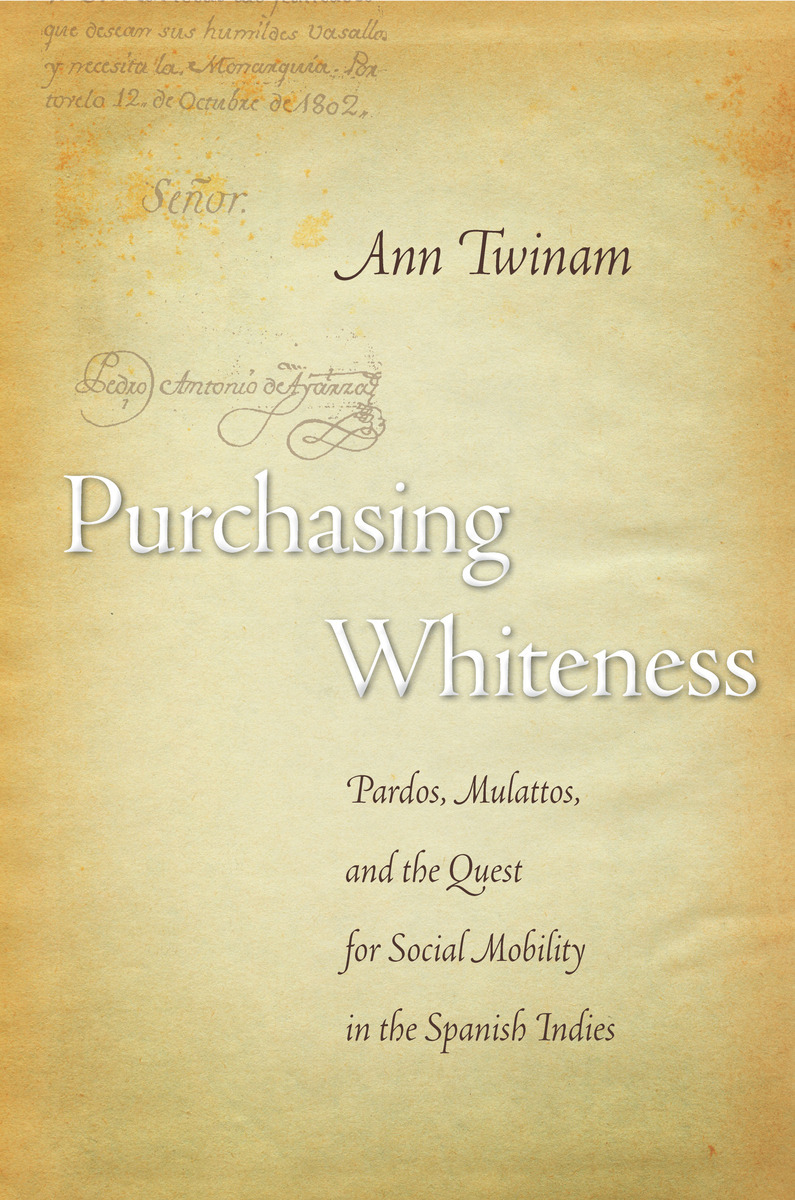The Japanese women who married the enemyPosted in Articles, Asian Diaspora, History, Media Archive, United States on 2015-08-18 00:52Z by Steven |
The Japanese women who married the enemy
BBC News Magazine
2015-08-16
Seventy years ago many Japanese people in occupied Tokyo after World War Two saw US troops as the enemy. But tens of thousands of young Japanese women married GIs nonetheless – and then faced a big struggle to find their place in the US.
For 21-year-old Hiroko Tolbert, meeting her husband’s parents for the first time after she had travelled to America in 1951 was a chance to make a good impression.
She picked her favourite kimono for the train journey to upstate New York, where she had heard everyone had beautiful clothes and beautiful homes.
But rather than being impressed, the family was horrified.
“My in-laws wanted me to change. They wanted me in Western clothes. So did my husband. So I went upstairs and put on something else, and the kimono was put away for many years,” she says.
It was the first of many lessons that American life was not what she had imagined it to be…
…”The war had been a war without mercy, with incredible hatred and fear on both sides. The discourse was also heavily racialised – and America was a pretty racist place at that time, with a lot of prejudice against inter-race relationships,” says Prof Paul Spickard, an expert in history and Asian-American studies at the University of California…
…The War Brides Act of 1945 allowed American servicemen who married abroad to bring their wives home, but it took the Immigration Act of 1952 to enable Asians to come to America in large numbers.
When the women did move to the US, some attended Japanese bride schools at military bases to learn how to do things like bake cakes the American way, or walk in heels rather than the flat shoes to which they were accustomed.
But many were totally unprepared.
Generally speaking, the Japanese women that married black Americans settled more easily, Spickard says…
Read the entire article here.



